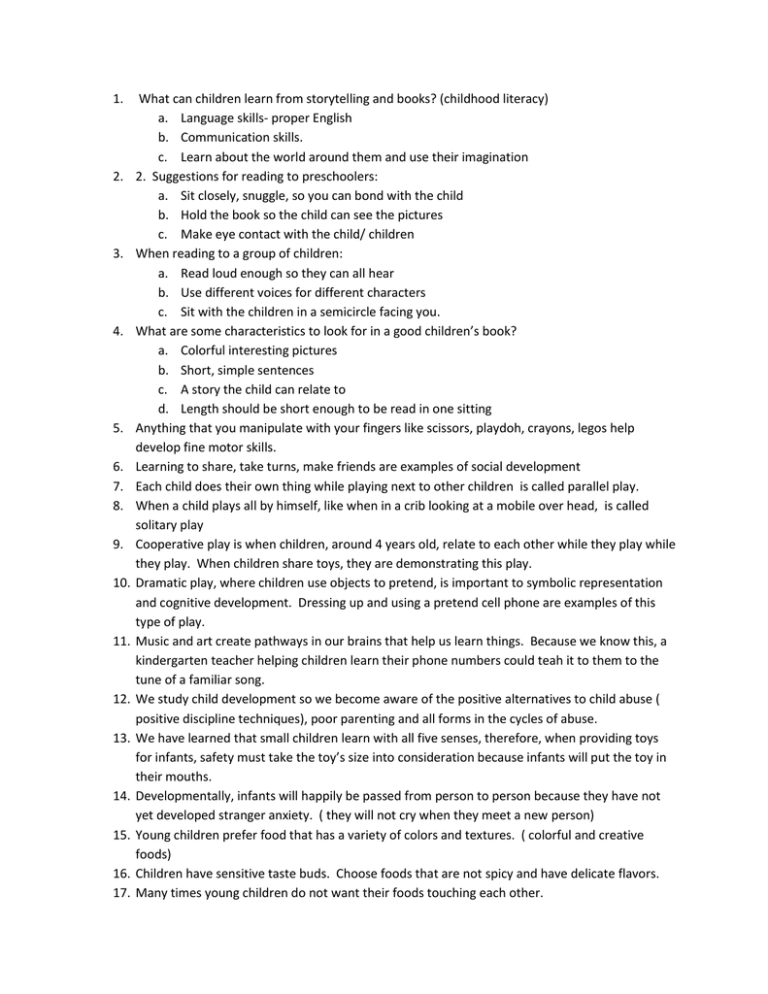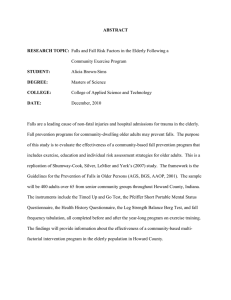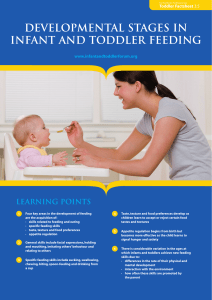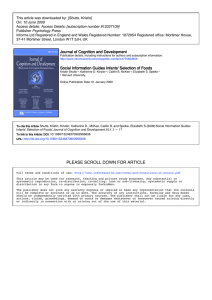1. What can children learn from storytelling and... a. Language skills- proper English
advertisement

1. 2. 3. 4. 5. 6. 7. 8. 9. 10. 11. 12. 13. 14. 15. 16. 17. What can children learn from storytelling and books? (childhood literacy) a. Language skills- proper English b. Communication skills. c. Learn about the world around them and use their imagination 2. Suggestions for reading to preschoolers: a. Sit closely, snuggle, so you can bond with the child b. Hold the book so the child can see the pictures c. Make eye contact with the child/ children When reading to a group of children: a. Read loud enough so they can all hear b. Use different voices for different characters c. Sit with the children in a semicircle facing you. What are some characteristics to look for in a good children’s book? a. Colorful interesting pictures b. Short, simple sentences c. A story the child can relate to d. Length should be short enough to be read in one sitting Anything that you manipulate with your fingers like scissors, playdoh, crayons, legos help develop fine motor skills. Learning to share, take turns, make friends are examples of social development Each child does their own thing while playing next to other children is called parallel play. When a child plays all by himself, like when in a crib looking at a mobile over head, is called solitary play Cooperative play is when children, around 4 years old, relate to each other while they play while they play. When children share toys, they are demonstrating this play. Dramatic play, where children use objects to pretend, is important to symbolic representation and cognitive development. Dressing up and using a pretend cell phone are examples of this type of play. Music and art create pathways in our brains that help us learn things. Because we know this, a kindergarten teacher helping children learn their phone numbers could teah it to them to the tune of a familiar song. We study child development so we become aware of the positive alternatives to child abuse ( positive discipline techniques), poor parenting and all forms in the cycles of abuse. We have learned that small children learn with all five senses, therefore, when providing toys for infants, safety must take the toy’s size into consideration because infants will put the toy in their mouths. Developmentally, infants will happily be passed from person to person because they have not yet developed stranger anxiety. ( they will not cry when they meet a new person) Young children prefer food that has a variety of colors and textures. ( colorful and creative foods) Children have sensitive taste buds. Choose foods that are not spicy and have delicate flavors. Many times young children do not want their foods touching each other. 18. Feed children small portions of food. 19. Developmental delays can be caused by environmental causes during the mother’s pregnancy. These things include environmental toxins or poisons and the mother’s poor nutrition. 20. In a baby’s first year of life, they go from being a helpless creature, unable to do anything for themselves to being able to feed themselves by picking up small pieces of food ( cheerios) and sitting up unassisted. This first year of life is called Infancy. 21. Play is the work of children because this is how they learn about their world. 22. The scientific study of the aging process is called gerontology. 23. The older population often adds extra spices and salt to their food because of reduced sensitivity to smell and taste. 24. The elderly population often experiences changes in their skin which causes them to feel cold, even in 90 degree weather. This is due to: a. Their skin losing elastic b. Having poor body temperature regulation c. Thin skin 25. There are many residential choices for the elderly. These include: define a. Adult Senior Center – a day time place for activities b. Daycare Center _ same as above c. Retirement Community - Provides care based on the needs of the person, continuous d. Assisted living Community – helps with medication, bathing, dressing, meals 26. There are many assistive devices that can help the elderly with declining abilities. These include: a. Hearing aids and recording devices for hearing loss. b. Large print books and magnifying glasses for vision loss c. Canes and walkers and large grip utensils for weakened muscles and bones. 27. The elderly enjoy talking about and remembering past events.








